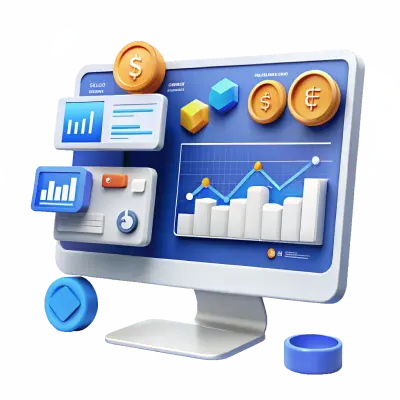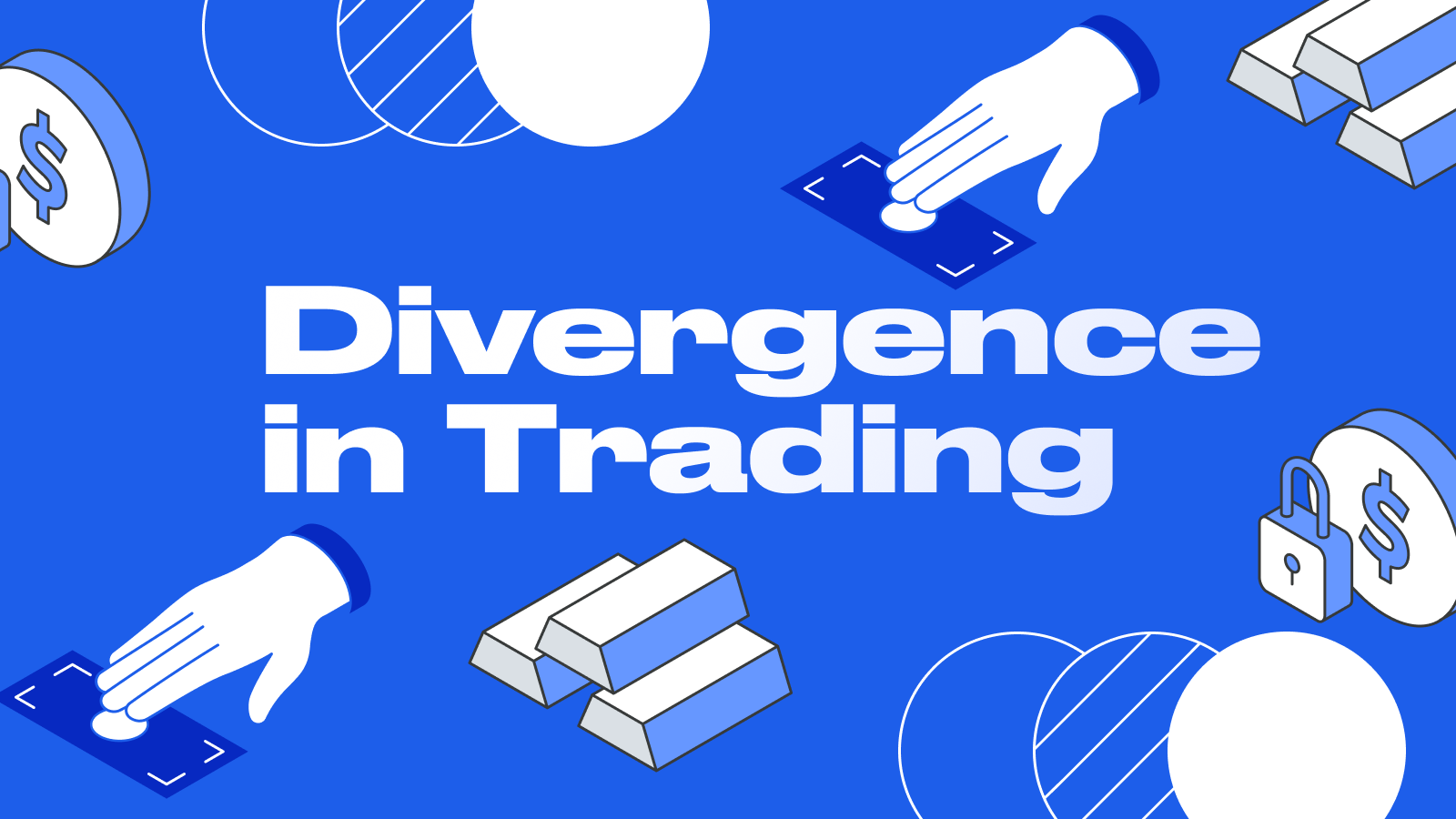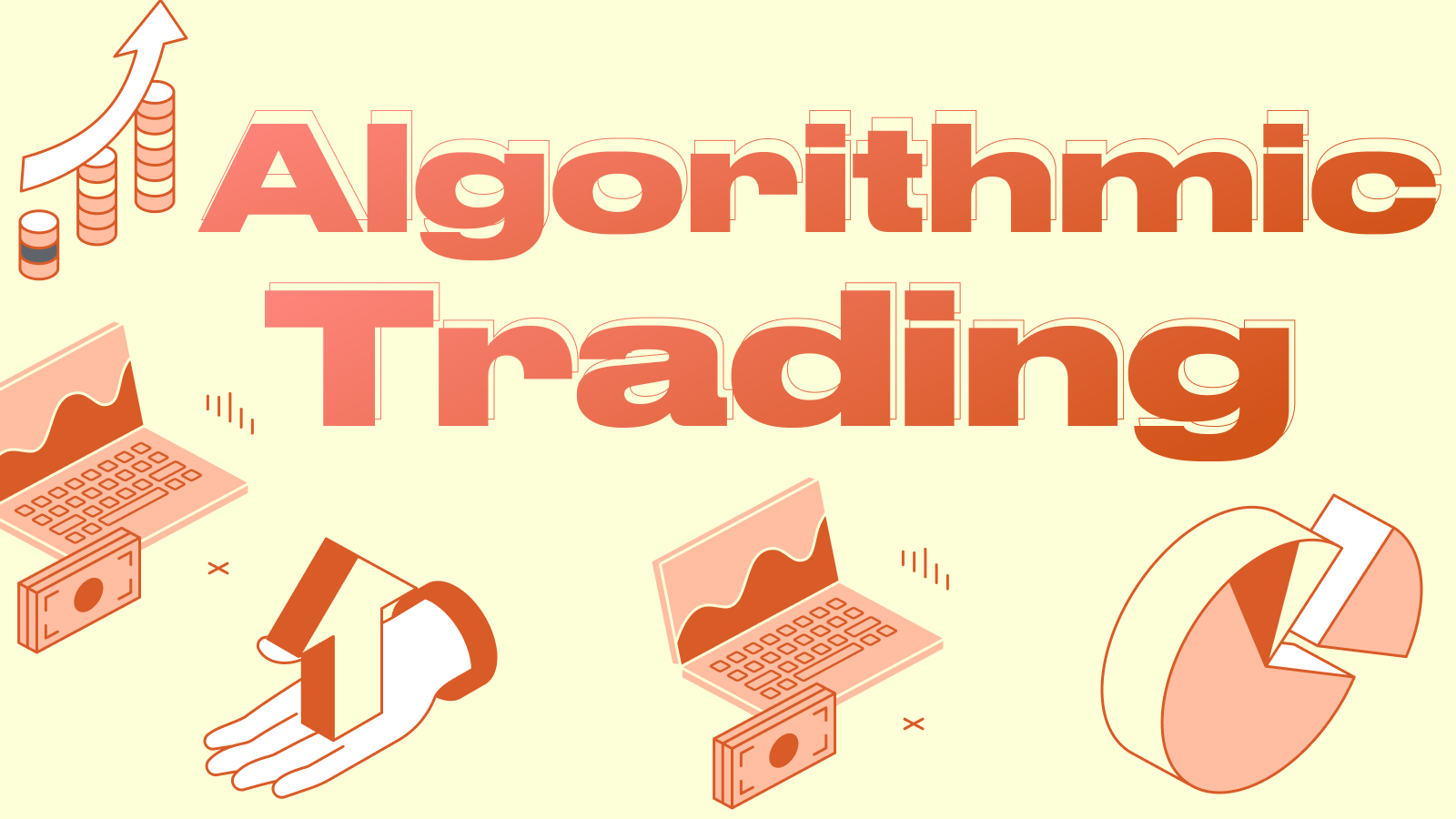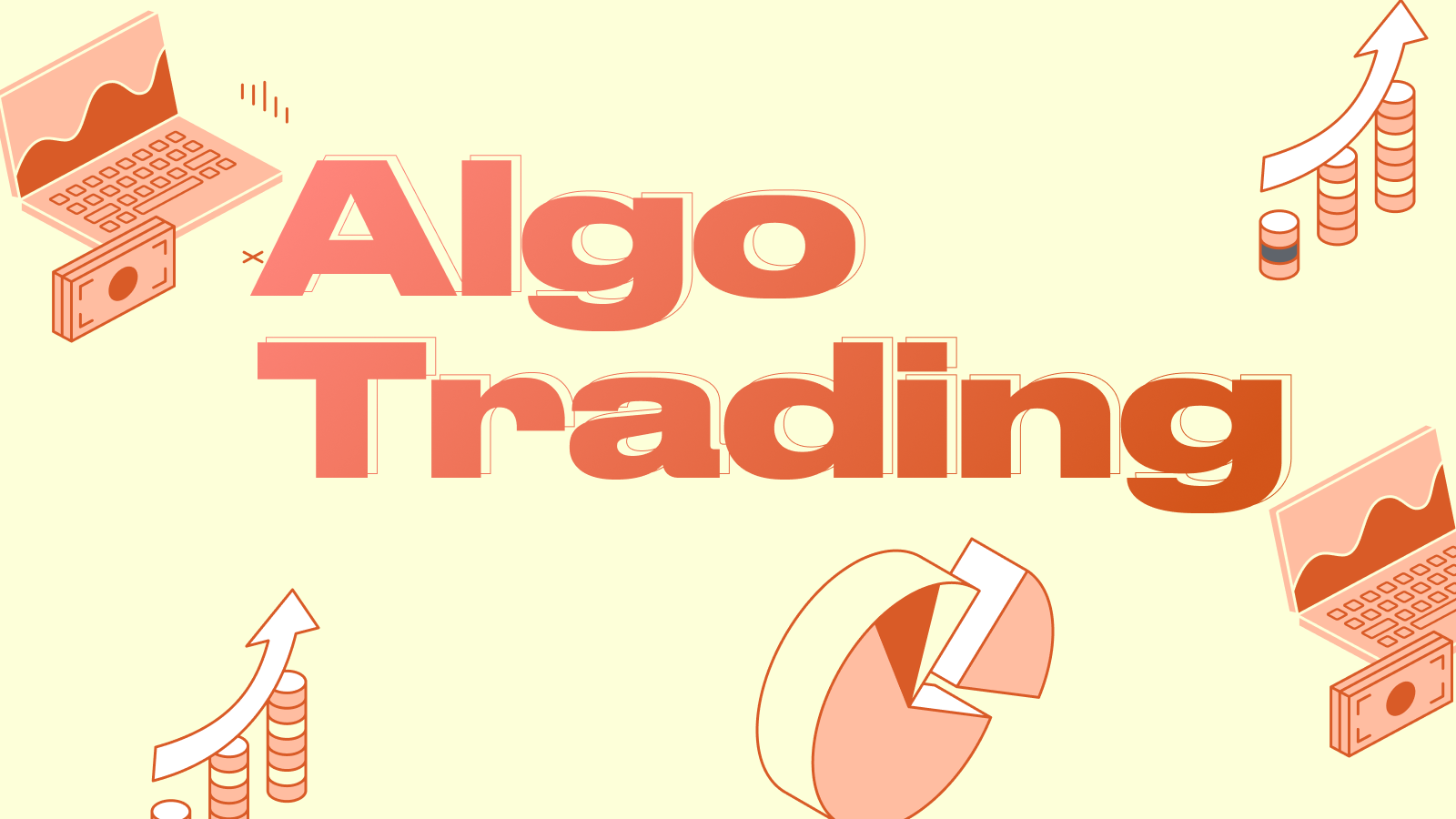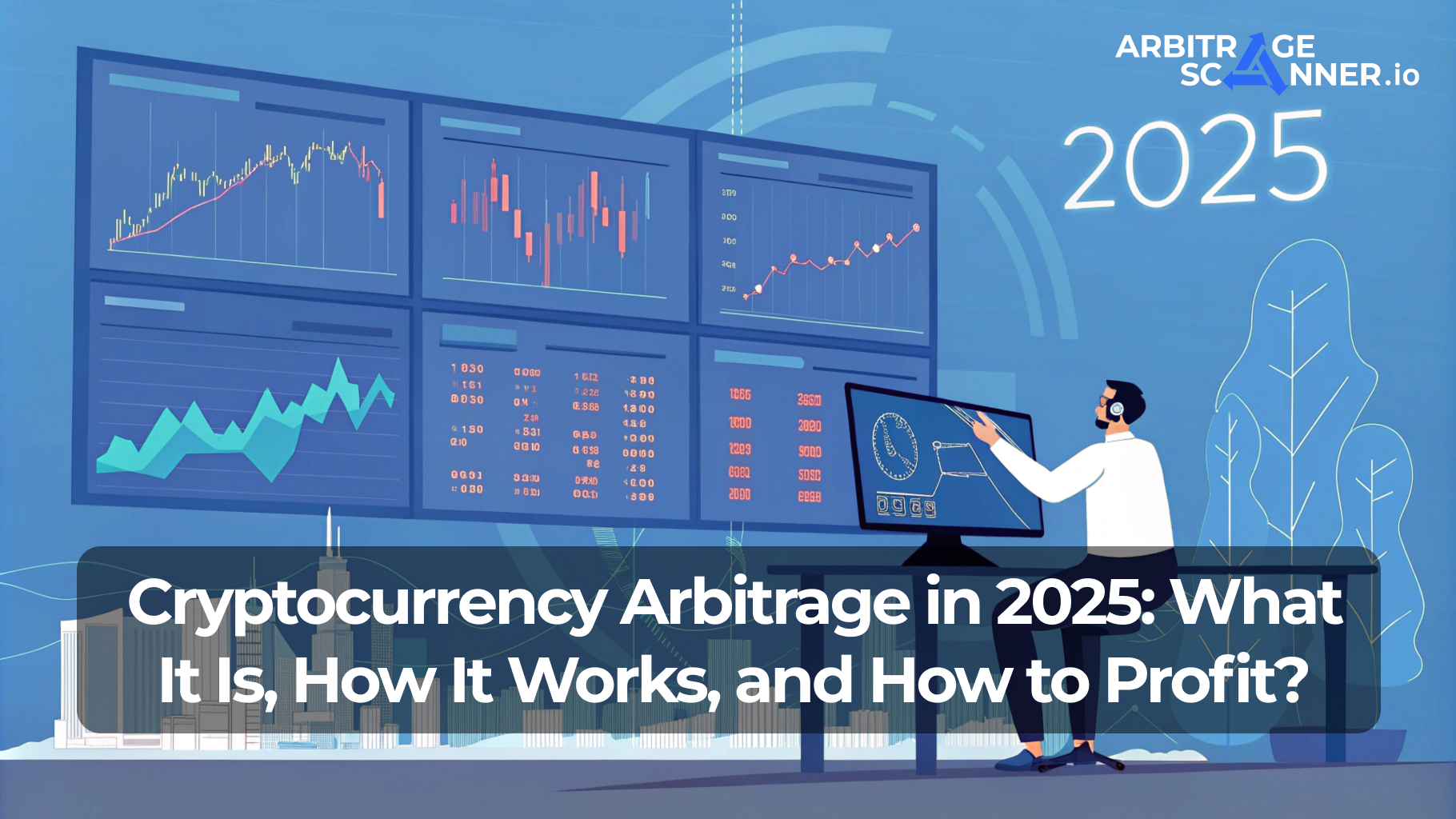What is Margin? Using Leverage to Increase Profits
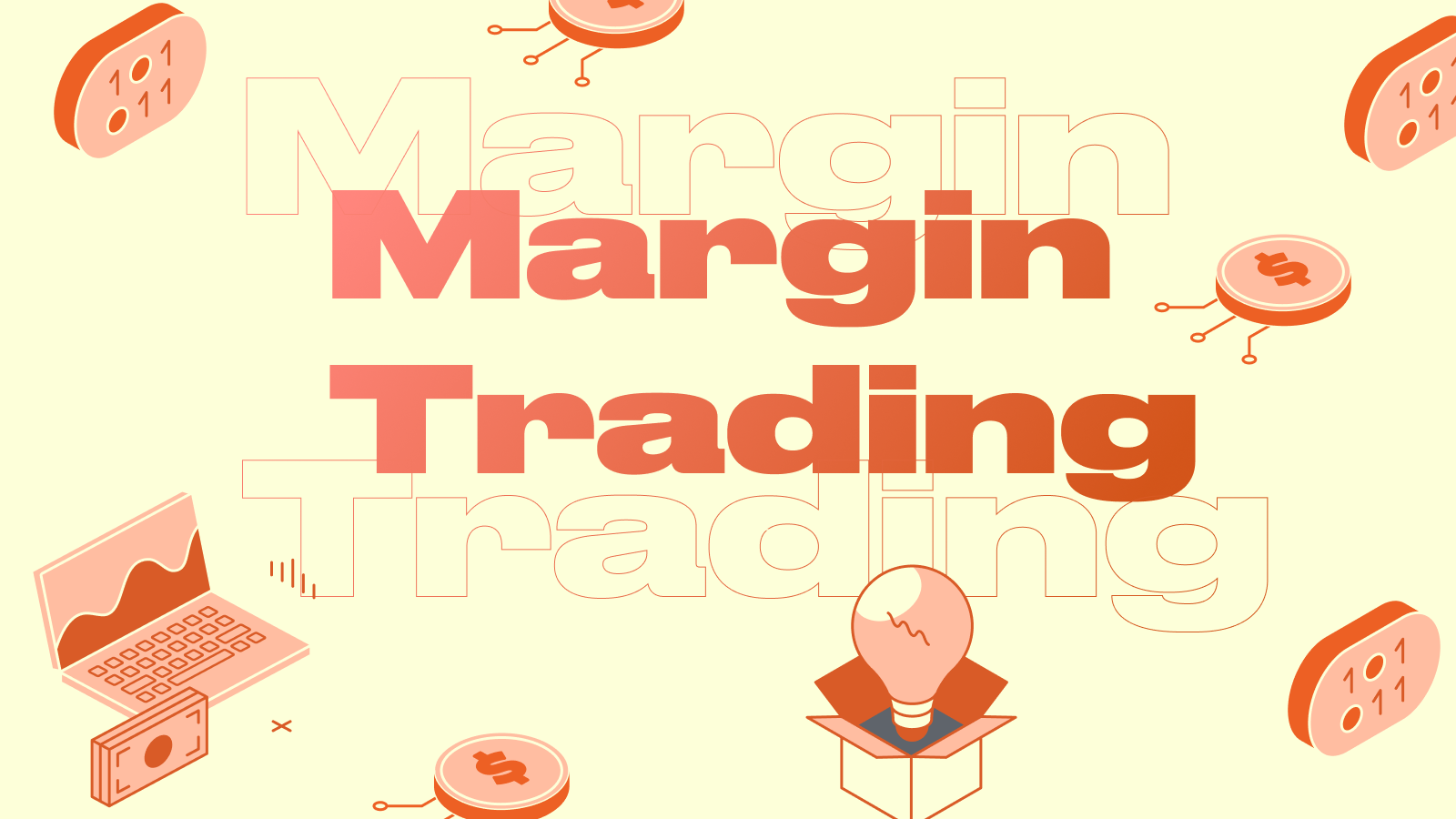
What is Margin? Using Leverage to Increase Profits
Introduction
In trading, you often encounter two key concepts: margin and leverage. They allow traders to open positions that significantly exceed their own capital. However, along with the opportunity to increase profits comes an increased risk of loss. Let's break down what margin is, how leverage works, and what rules will help you avoid mistakes.
What is Margin?
Margin trading gives an investor the opportunity to increase their financial capabilities through borrowed funds from a broker. Simply put, a trader can buy more assets than their own money would allow. This approach opens the door to higher profits, but at the same time, it increases the level of risk.
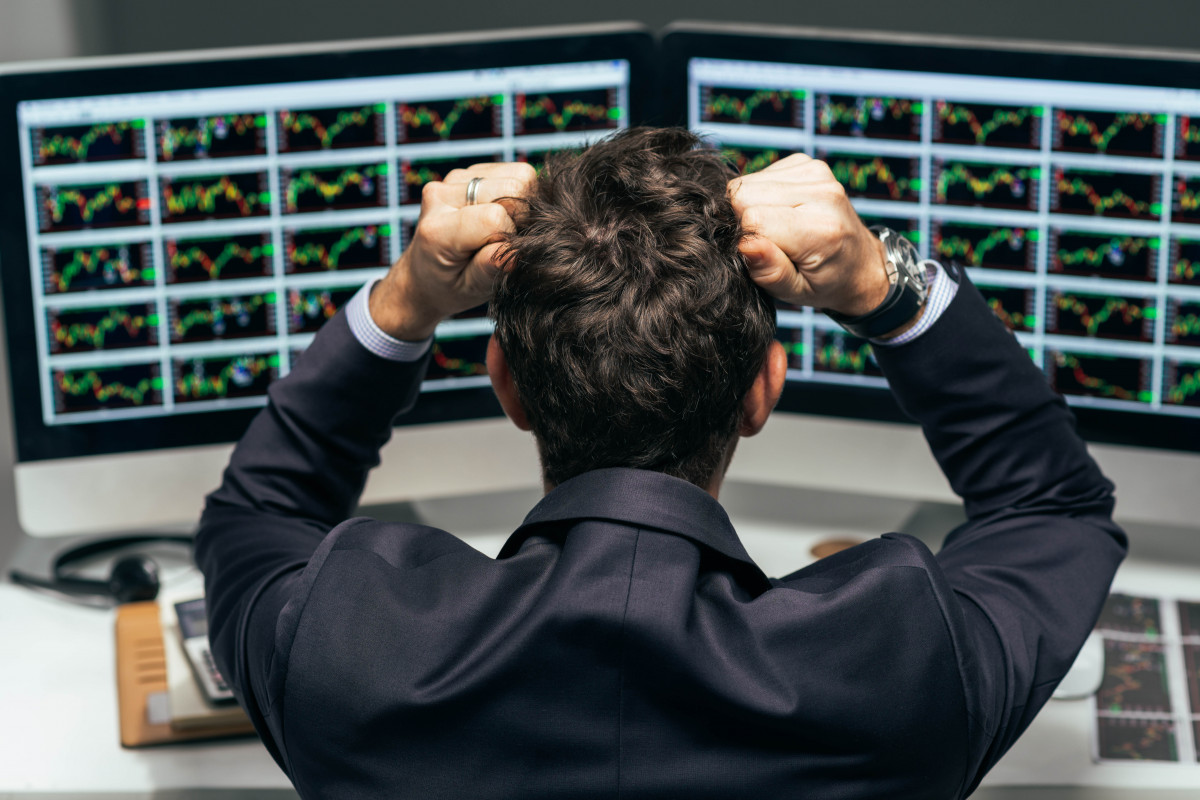
In this case, margin acts as collateral that a client provides to the broker to cover potential losses. It is used in various types of operations—from buying stocks and "short" selling to trading derivatives.
To start margin trading, an investor needs to deposit what's called an initial margin—a deposit that guarantees the broker's security. Existing securities often serve as this collateral. This allows for borrowing additional funds and expanding positions in the market. If the market moves in a favorable direction, the income can be significantly higher.
In a broader sense, margin in business is the difference between the selling price of a product or service and the costs of its production, meaning it's a measure of profitability. The term is also used in banking: for example, in a floating-rate mortgage, the margin is the markup added to the base index, which determines the final interest rate.
What is Profit Margin (Marginability)?
Profit margin is a profitability indicator that shows what portion of revenue a company or entrepreneur retains after deducting expenses. In simple terms, it is the percentage of profit from revenue.
Profit Margin Formula:
Profit Margin = (Profit / Revenue) × 100%
For example, if a business earned $1,000,000 and its net profit was $200,000, the profit margin would be 20%. This means that for every dollar of revenue, the company keeps 20 cents of net profit.
Where Profit Margin is Applied
-
In business—to assess the company's operational efficiency. A high profit margin means the business controls its expenses well and knows how to earn.
-
In retail—it helps to understand how profitable the sale of a specific product or service is.
-
In investments—used to analyze companies before investing: investors look at profit margin to understand if a business is stable.
Types of Profit Margin
-
Gross Margin—profit after deducting the cost of goods sold.
-
Operating Margin—profit considering operating expenses.
-
Net Margin—the final figure after all taxes and obligations.
Thus, profit margin is a universal tool for assessing efficiency, showing how much "net profit" each dollar of revenue brings.
Margin and Profit Margin: What's the Difference?
The terms "margin" and "profit margin" often appear together, but they mean different things. To correctly assess the efficiency of a business or investment decision, it's important to understand the distinction.
What is Margin (in business)
Margin is an absolute figure. It shows how much money a company has left after deducting variable expenses from revenue.
Formula:
Margin = Revenue − Variable Expenses
Example: A company sold goods for $500,000, and variable expenses were $300,000. In this case, the margin is $200,000. Margin is used as a basis for calculating other metrics and helps understand a business's financial buffer.
What is Profit Margin
Profit margin is a relative indicator, expressed as a percentage. It shows what portion of revenue is profit.
Formula:
Profit Margin = (Profit / Revenue) × 100%
Example: If revenue was $1,000,000 and profit was $200,000, the profit margin is 20%. This means that for every dollar earned, the company keeps 20 cents.
The Main Difference
-
Margin answers the question: "How much money was left in absolute terms?"
-
Profit Margin answers the question: "What percentage of revenue was profit?"
In other words, margin shows the amount, while profit margin shows the efficiency.
Why This is Important
-
For an entrepreneur: It helps assess how profitable the business is and which products yield the highest return.
-
For an investor: It serves as a criterion for selecting stable and profitable companies.
-
For financial analysis: It allows for identifying weaknesses in the expense structure and more accurately forecasting business development.
What is Leverage?
Leverage is a mechanism that allows an investor or trader to operate with amounts significantly exceeding their own capital. In essence, it involves borrowed funds provided by a broker or exchange. Thanks to leverage, you can open a position several times larger than the money in your account, thereby increasing potential profit.
For example, having $1,000 and using 1:10 leverage, a trader can make trades worth $10,000. If the asset price rises by 5%, the profit will be $500 instead of $50. But it's worth remembering that losses in such a situation also increase by the same factor.
The main advantage of leverage is the expansion of opportunities—it allows participation in trades with high entry thresholds and faster capital growth. However, this tool is also associated with serious risks. With an unfavorable price movement, losses can completely "eat up" the deposit, and in case of a sharp drop, the broker has the right to issue a margin call and demand an account top-up or close the position.
Thus, leverage is an effective but risky tool. It is suitable for experienced traders who know how to control risks, while beginners should use it with caution and at minimum levels.
Risks of Margin Trading: The Other Side of Leverage
Margin trading provides access to expanded opportunities through leverage, but it also carries serious risks. The main one is that losses increase just as quickly as potential profits. If the price moves against an open position, even a small market fluctuation can lead to significant losses.
One of the most unpleasant moments for a trader is a margin call—a demand from the broker to deposit more funds into the account to maintain the minimum collateral level. If this is not done, positions will be closed automatically, and the investor will lose their invested funds.
Furthermore, margin trading requires constant monitoring. The market can change unexpectedly, and in conditions of high volatility, leverage becomes a factor that amplifies risks. This is why inexperienced traders often find their deposit depleted in a matter of minutes.
It's important to remember that margin trading is only suitable for those who are prepared to maintain strict discipline and use sound risk management. It can be a useful strategy for increasing returns, but without understanding its downside, leverage turns into a source of major losses.
How to Trade with Leverage
Trading with leverage allows you to increase the volume of trades and potential profit but requires attentiveness and strict adherence to risk management rules.
First, the trader deposits their own funds—this is called the margin. Then the broker provides a loan, multiple times the deposit amount. For example, with $1,000 and using 1:5 leverage, you can open a trade for $5,000. With a 2% price increase, the income will be $100 instead of $20. But if the market goes against you, the losses will also increase fivefold.
To trade with leverage, you need to:
-
Choose a suitable leverage level (beginners should start with a minimum, like 1:2 or 1:3).
-
Set stop-losses to limit losses.
-
Do not risk your entire deposit in one trade; distribute capital among different instruments.
-
Consider volatility: in a calm market, you can take slightly more leverage; in a choppy one, reduce it.
The main rule is that leverage amplifies both profits and losses. Therefore, it should only be used with a clear strategy and discipline. For beginner traders, it's better to start with low leverage and gradually gain experience.
What is Considered a High Margin?
All goods and services can be divided into three categories: low, medium, and high margin.
Low-margin goods are everyday items: food, hygiene products, household chemicals, and basic services like taxis or haircuts. Since competition in this segment is extremely high, sellers cannot afford a large markup: customers will simply switch to cheaper competitors. In most cases, the margin in this segment does not exceed 30%.
Medium-margin products and services are not essential but are still widely in demand. This category includes furniture, home appliances, electronics, building materials, and repair services. Competition is still high, but since such purchases are made less frequently and the products last longer, sellers can afford a slightly higher markup. A typical margin here ranges from 30% to 50%.
High-margin goods and services are those that people buy rarely or only on special occasions. Examples include jewelry, designer clothing, photography, and event planning services. Since competition in these markets is lower, companies can set much higher markups—often starting at 50% and in some cases reaching 300% or more.
Conclusion
For experienced traders, margin trading can serve as a powerful tool for increasing profits and creating additional sources of income. At the same time, one should never lose sight of the risks associated with margin requirements and forced liquidation of positions. Leverage offers both opportunities and dangers, so it is crucial to understand its mechanics, assess potential downsides, and learn effective risk management methods. Expanding your knowledge, trading with discipline, and starting with small positions will help you gain experience, trade with more confidence, and increase your chances of long-term success.
Want to learn more about crypto arbitrage?
Get a subscription and access the best tool on the market for arbitrage on Spot, Futures, CEX, and DEX exchanges.
